"Louis Valtat (1869–1952), Silhouette Of A Breton Woman From Behind, Drawing, Workshop Stamp"
Louis Valtat (Dieppe 1869 – 1952 Paris)
Silhouette of a Breton woman seen from behind, c. 1895
graphite on paper
14.6 x 8.7 cm
workshop stamp lower right (Lugt 1771bis)
Very good condition
Framed, under glass
dimensions with the frame: 33.5 x 28 cm
* * *
What seems to be only a rapid evocation of a picturesque detail turns out in fact to be an exercise in modernity through drawing. This claimed simplicity, far from romanticism, far from impressionism, is already everything in the modern impulse. One could almost count the number of pencil strokes.
Louis Valtat, evolving alongside some of the greatest innovators in painting, such as Bonnard, Vuillard, Signac, Matisse and Cross, constantly researched and filled numerous notebooks during his travels. Here, we imagine him in Brittany, certainly around the years 1895-1890, when he accumulated dozens of studies, drawings and watercolors (see comparisons and comparisons in photos).
* * *
Louis Valtat was born in Dieppe in 1869, into a family of shipowners whose financial wealth protected him from material problems throughout his life. From 1886, he began his artistic training with, quite rarely, the consent and encouragement of his father, himself an amateur painter. On the recommendation of the painter Charles Gosselin, he was admitted to the École Nationale des Beaux-Arts in Paris.
In parallel with his training at this école, Valtat attended, between 1886 and 1892, the Académie Julian, a free academy, rue du Faubourg-Saint-Denis, under the responsibility of the painters Gustave Boulanger and Jules Lefebvre. He became friends with Albert André, one of his closest friends, as well as with Pierre Bonnard, Georges d'Espagnat, Maurice Denis, Édouard Vuillard, Félix Vallotton, Marc Mouclier and Paul Sérusier. These friendships are felt in the evolution of his art.
* * *
Extracts from specific studies on Louis Valtat, in relation to our drawing:
Bernard Plasse, catalog of the exhibition Louis Valtat et ses contemporains, Marseille, 2011
“All attempts to clearly define which movement to link Louis Valtat to are remained in vain. It is understood that this artist belonged to many innovative groups of his time and sometimes preceded them. And he knew, through an elegant and profitable adaptability, to still demonstrate novelty and invention, that is to say, to make his technique evolve by using successive acquired knowledge and by conserving, from one work to the next, essential differences. […] He lets you watch. At no time does he talk about his painting. He knows, having belonged to all the avant-garde movements of the moment, that he participates, in fact, in the art of his time, also made up of all its rich directions. »
Louis-André Valtat, in the catalog of the exhibition Louis Valtat dans la baie, Arcachon 1895, Besançon, Roubaix, Bordeaux, 1993
“We cannot see in these studies, drawings and watercolors, simple sketches taken from life. Despite their observational quality, they do not present themselves as objective accounts of reality. In fact it is difficult, if not impossible, to say exactly what the characters represented in various actions are doing, because, starting from reality, Valtat knows how to detach himself from it. This detachment from reality results in a non-descriptive, elliptical drawing. The dependence of these works on reality, or, to put it better, the weakening of the reference to the object results in an evacuation of luminous data. […] This non-objective attitude of Valtat leads him to more than attenuate, to truly abandon spatial illusionism; certainly the artist, in some of these studies, uses oblique or widely curved lines which can suggest, if one wishes, a certain depth; but it is not obvious, it is the expressive power that wins. In no case does light intervene to model space, to distinguish planes. We think it is necessary to emphasize the expressive value contained in these studies. Valtat achieves this by very simple plastic means. He knew, like Gauguin, that the simpler we are, the more expressive we are. Hence this synthetic, stenographic drawing, these non-modeled forms, these major lines of force which punctuate the composition. »



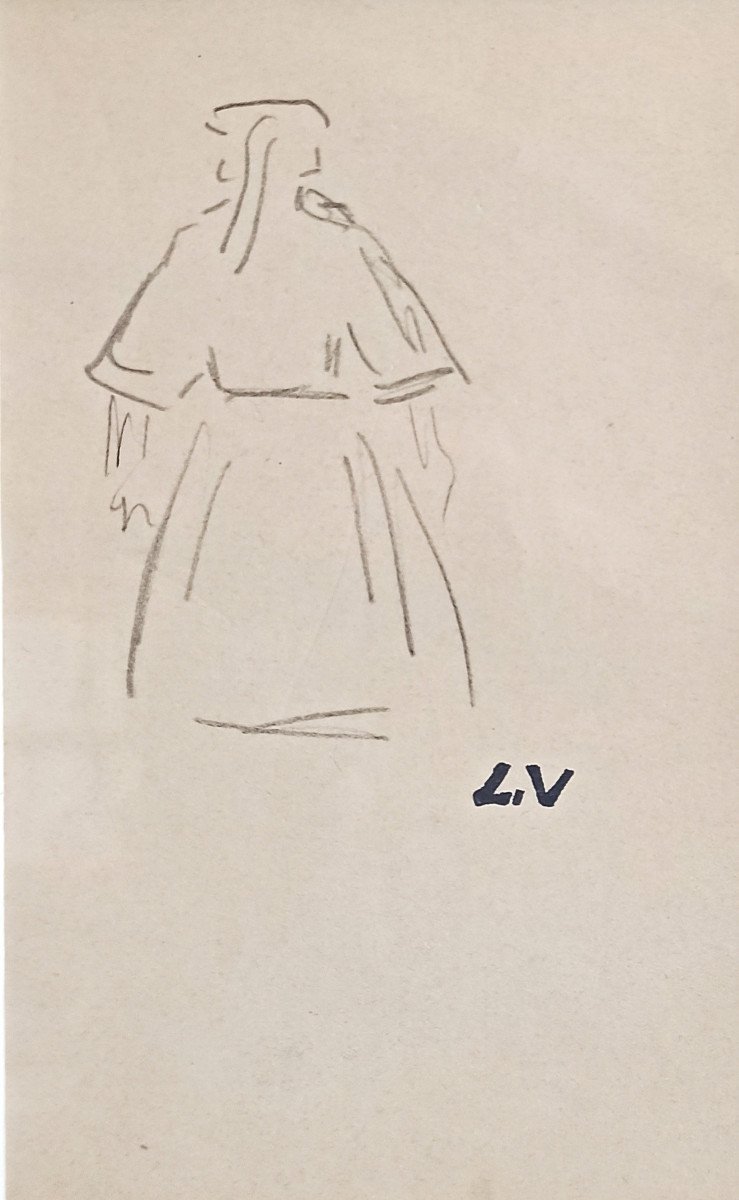
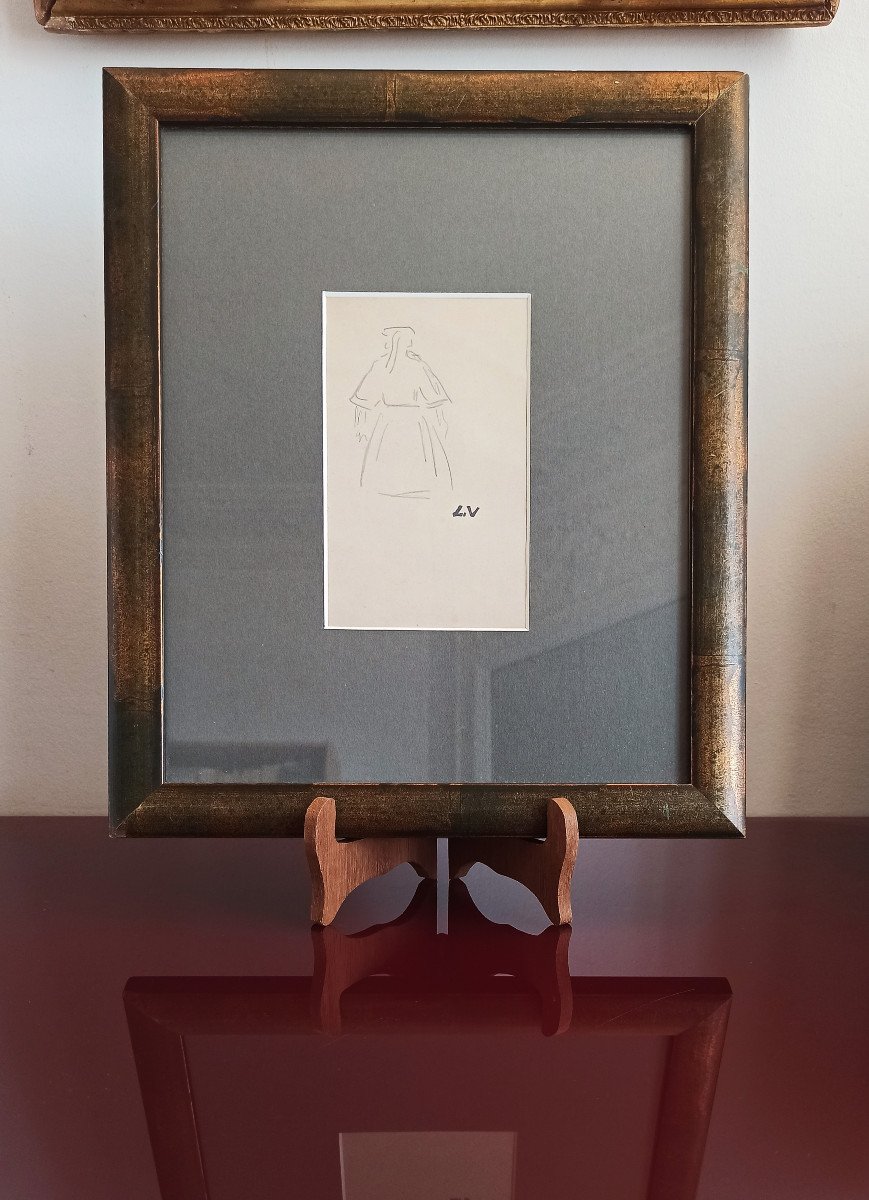
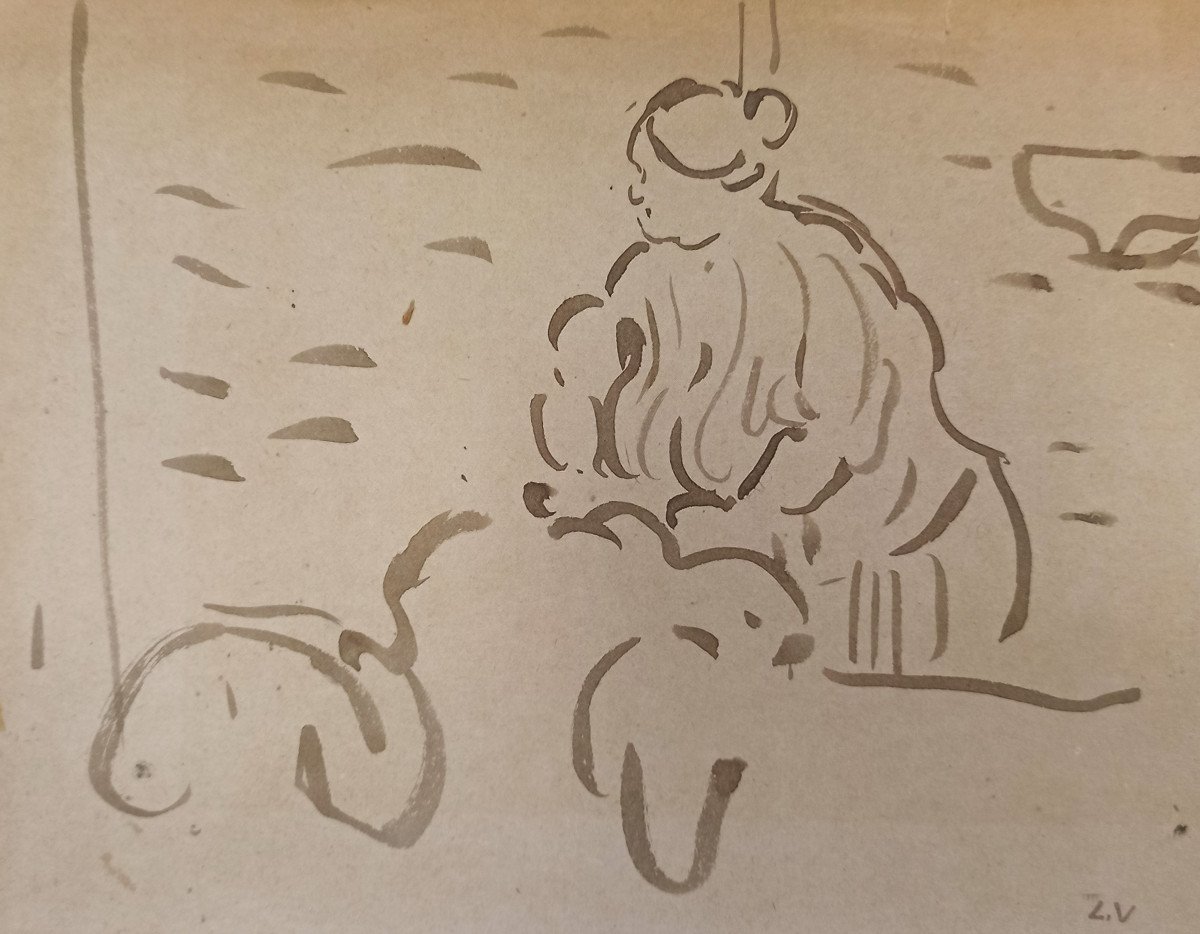
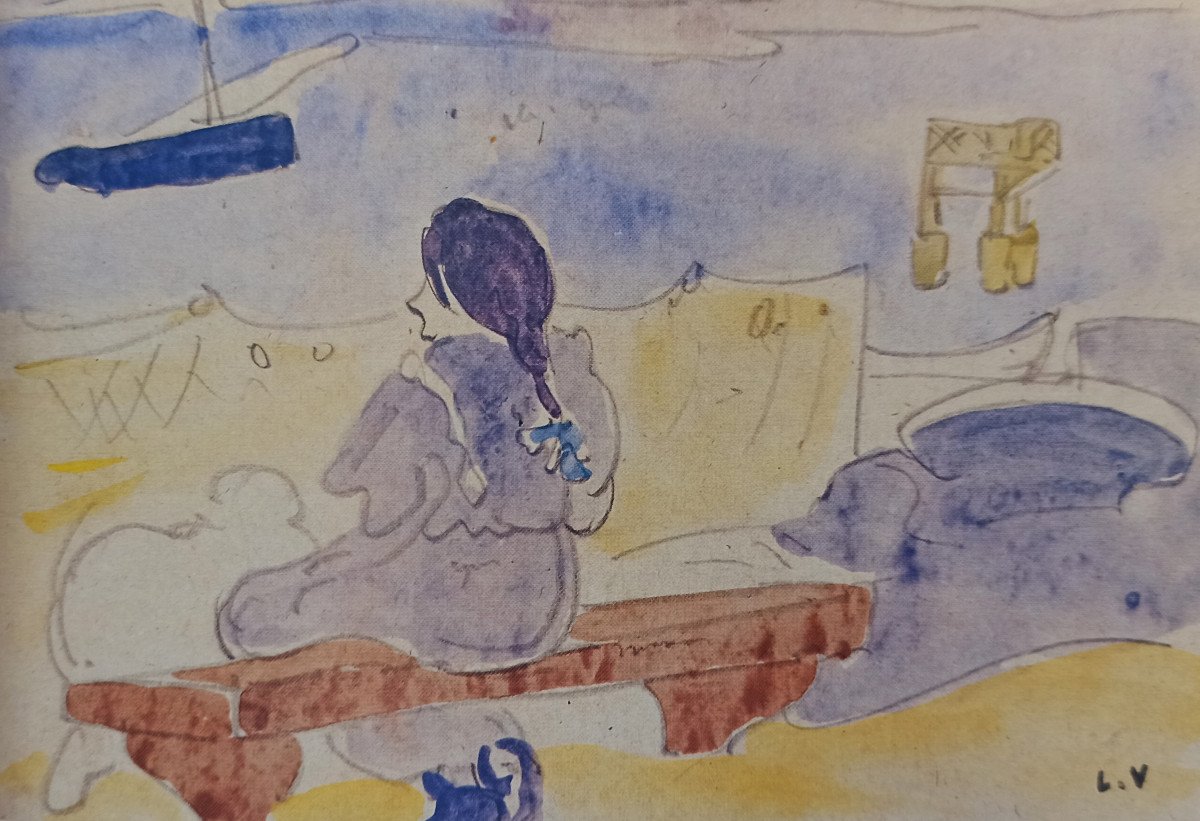

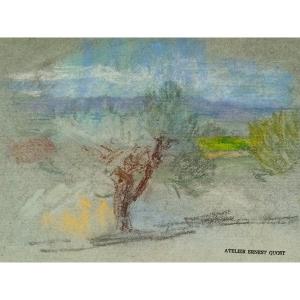

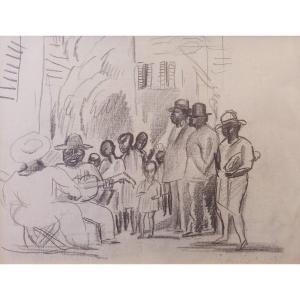
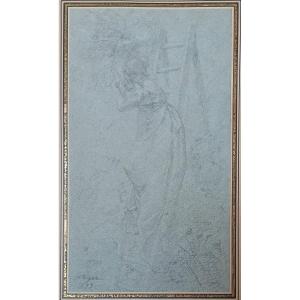



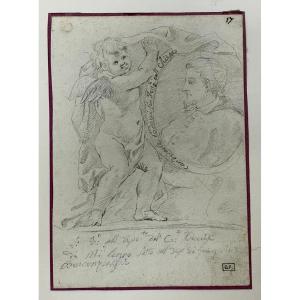
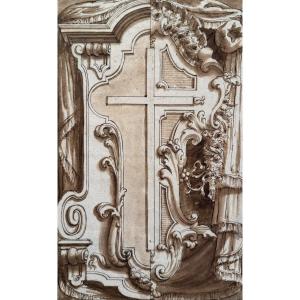
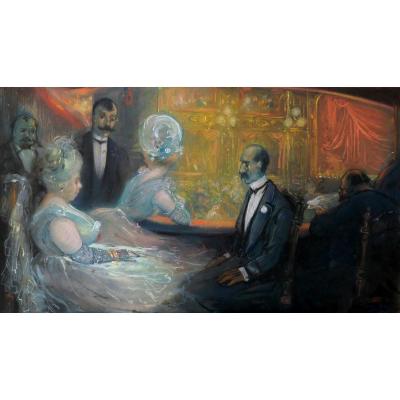




 Le Magazine de PROANTIC
Le Magazine de PROANTIC TRÉSORS Magazine
TRÉSORS Magazine Rivista Artiquariato
Rivista Artiquariato
